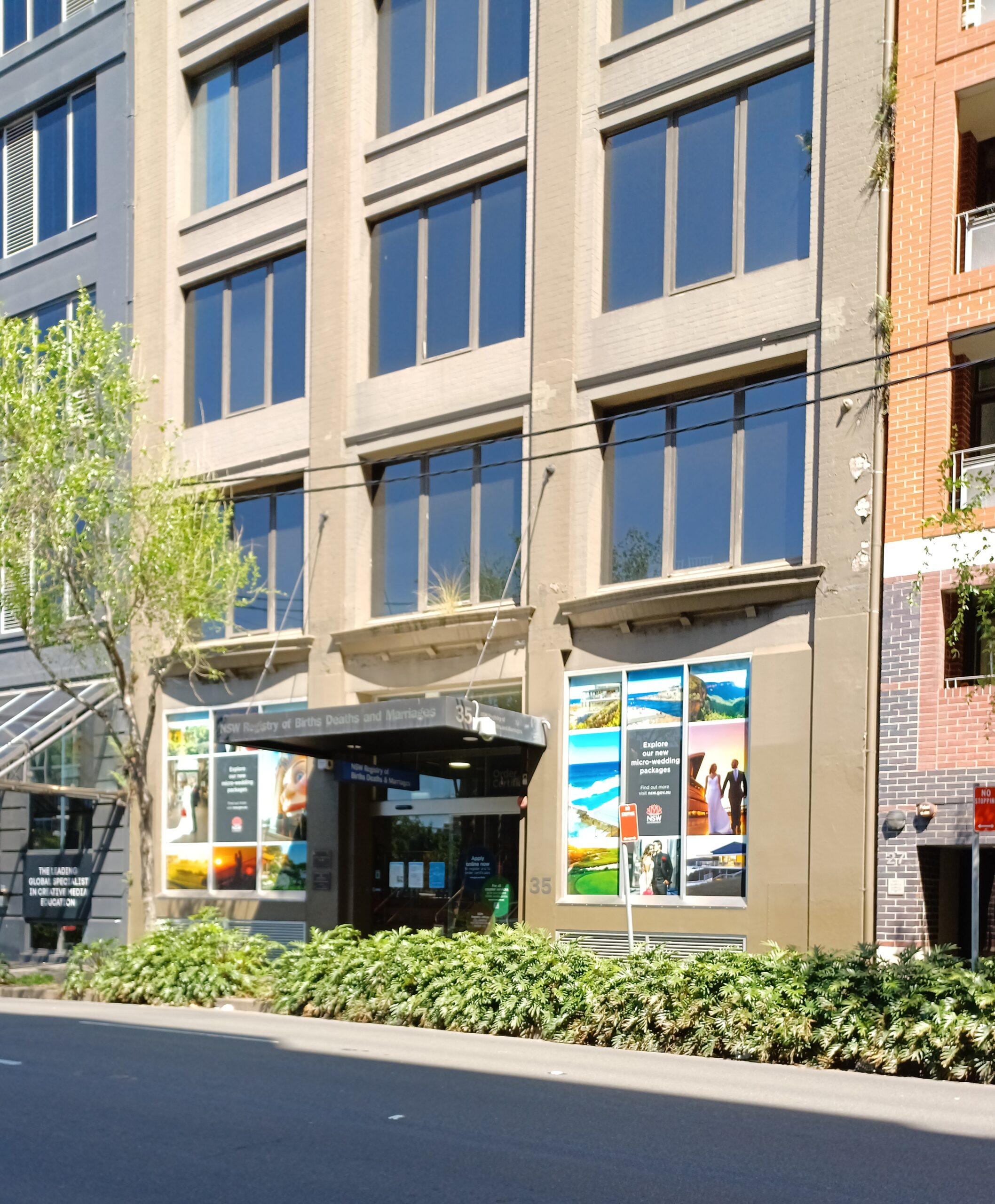Understanding NSW Births, Deaths, and Marriages: A Comprehensive Guide for Parents
Welcome, caring parents and guardians! You’re embarking on a journey through life’s most significant milestones, and we’re here to guide you through everything concerning Births, Deaths, and Marriages in New South Wales (NSW). Whether you’re celebrating the arrival of a new family member, tying the knot, or commemorating a life well-lived, the NSW Registry of Births, Deaths, and Marriages (BDM) is a vital institution that provides you with all the essential services and support you need.
Let’s Start with the Joy of Birth!
Oh, the joy of welcoming a little one! First off, hearty congratulations on your new bundle of joy! Registering your baby’s birth is the first step in officially introducing them to the world. In NSW, this is a straightforward and free process, but it’s mandatory and needs to be done within 60 days after your baby is born. Here’s how to navigate this blissful process:
Step-by-step Guide to Registering a Newborn in NSW
- Gather the Information: Before you can register your baby, you’ll need certain details handy, such as the date and place of birth, baby’s name, and parents’ information.
- Online Registration: The NSW Government has made it super easy with an online birth registration form. You can fill this out from the comfort of your home by visiting the NSW BDM website. Make sure all details are accurate to avoid any future complications.
- Paper Registration: If you’re more comfortable with paper, you can also fill out a birth registration form provided by the hospital. Once completed, post it or drop it to the nearest NSW BDM office.
But Wait, There’s More!
After registering your child’s birth, you’ll want to apply for a birth certificate, which is a vital document for many future interactions such as enrolling in school, joining a sports team, or getting a passport. We’ll dive into the details of obtaining this crucial document further in this guide.
Navigating the Sombre Duty of Registering a Death
It’s a more challenging part of life, but handling the affairs after someone close to you passes away is an essential process. The NSW BDM is there for you during these times, providing a clear procedure to register a death. It’s usually the funeral director who handles this on behalf of the family, but it’s helpful to understand what’s happening behind the scenes. The registration of the death is the official record and must be carried out before arranging a funeral or cremation.
Essential Steps in Death Registration in NSW
- Notification by Funeral Director: They will gather personal details about the deceased from the next of kin, which is then used to complete the death registration.
- Medical Certificate: Also required is a medical certificate issued by the doctor who last attended to the deceased, specifying the cause of death.
- Submission to BDM: With these documents, the funeral director will submit the registration. In general, families need not worry about this part, but it’s important to confirm with your chosen funeral home what steps they will manage for you.
Once the death is registered, you’ll also need to consider obtaining a death certificate for estate and legal matters. We’ll address this important document’s application process later in our guide.
The Uniting of Hearts: Registering Marriages in NSW
Now, let’s talk about love! If you’re planning to walk down the aisle in NSW, remember that your marriage needs to be registered. This isn’t just about celebrating your union; it’s about making it legally recognized. The process is usually seamless and is often handled by your celebrant.
Key Steps in Marriage Registration:
- Notice of Intended Marriage (NOIM): At least one month before your wedding, you’ll need to submit a NOIM to an authorised celebrant or minister.
- Documents to Provide: You must prove your identity and provide evidence of any previous marriage dissolutions if applicable. Your celebrant will guide you on the documents required.
- After the Ceremony: Following your special day, the celebrant will have you, your witnesses, and themselves sign the marriage certificates. They will then handle the submission for registration on your behalf.
Securing a certified copy of your marriage certificate is also important for name changes or for legal purposes. We’ll cover that next to ensure you’re well-prepared.
In this guide, we will cover every nitty-gritty detail of births, deaths, and marriages registration in NSW, ensuring you have all the information you need at your fingertips. Stay tuned for the next sections where we discuss obtaining official certificates, correcting information, and other frequently asked questions parents might have!

Five Things Parents Should Know When Preparing for NSW Births, Deaths & Marriages
1. Timelines Are Important
Being aware of the timelines for registration is crucial. As joyous as a birth is, do remember that you need to register your newborn within 60 days in NSW. In the case of deaths, a registration usually follows the issuance of a death certificate, which the funeral director will typically handle swiftly. For marriages, you need to file a Notice of Intended Marriage at least one month before your wedding day.
2. Documentation Is Key
Whether it’s for births, deaths, or marriages, having the correct documentation at hand is essential. This could include proof of identity (like a driver’s license or passport), proof of residence, and relevant certificates or documents relating to previous marriages or the passing of a loved one. Keep these documents in a safe, accessible place to ensure a smooth registration process.
3. Online vs Paper Registration
NSW BDM offers both online and paper registration forms for your convenience. While online submission is generally faster and more efficient, paper forms are just as valid if you’re more comfortable with this method. Choose the one that suits you best, but ensure the information is accurate and complete either way.
4. Certified Copies of Certificates
Certified copies of birth, death, and marriage certificates are important for a range of legal and administrative purposes. Once you’ve registered the event, applying for a certified copy should be next on your list. It’s advisable to do this sooner rather than later to ensure you’re prepared for any situation where the certificate might be required.
5. Understanding the Role of BDM
The NSW Registry of Births, Deaths, and Marriages does more than just record life’s milestones; it is a repository of significant legal documents and a gateway to various services. Understanding the role of BDM helps you appreciate the importance of the registration process and its implications for your family’s legal and civic status.
How to Obtain Official Certificates from NSW BDM
Once you’ve got the registration completed, obtaining official certificates is your next step. Let’s clarify how you can get these important documents:
Birth Certificates:
- Application: After registering your baby, apply for a birth certificate by completing the application form available on the NSW BDM website or by requesting a form from the registry office.
- Payment: A fee is required for the issuance of the certificate. Be sure to check the current costs and available payment methods.
- Processing Time: Processing times can vary, so apply well before you need the certificate. There’s usually an option for a standard or priority service depending on how quickly you need the document.
Death Certificates:
- Application: The funeral director typically files the registration that triggers the process for the death certificate, but you can also apply directly with BDM.
- Necessary Details: Provide full information about the deceased, the date of death, and your relationship to the deceased when applying.
- Use: Death certificates are often required for legal and estate matters, so securing this document promptly is important.
Marriage Certificates:
- Application: After your celebrant registers your marriage, you can apply for a marriage certificate directly through the NSW BDM.
- Correct Details: Ensure that you provide exact information as recorded at the event, to prevent any delays or issues with issuances.
By keeping these key points in mind and following the outlined procedures, registering births, deaths, and marriages in NSW can be a hassle-free process. Remember, this is just the beginning! There are more details to come that will help you navigate through these monumentally important life events with ease and confidence. Stay informed, stay prepared, and embrace each moment of life’s journey with the assurance that you have the support and knowledge you need from NSW BDM.
For more great articles please see here. For more information see here
Disclaimer
The articles available via our website provide general information only and we strongly urge readers to exercise caution and conduct their own thorough research and fact-checking. The information presented should not be taken as absolute truth, and, to the maximum extent permitted by law, we will not be held liable for any inaccuracies or errors in the content. It is essential for individuals to independently verify and validate the information before making any decisions or taking any actions based on the articles.




